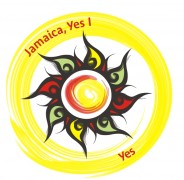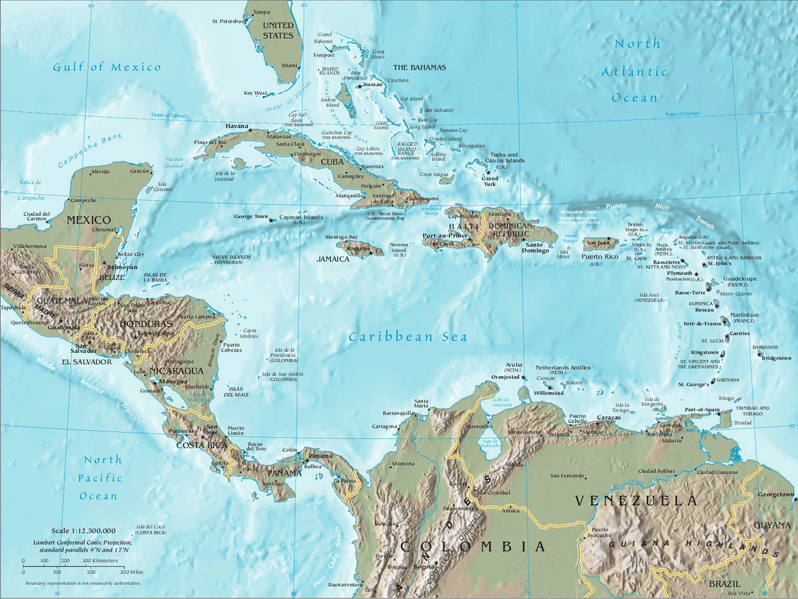Caribbean (Caribbean Islands, formerly West India) - a region between continents of the Americas. The name comes from the Indians called the Caribbean (Carib, Caraïbes), who
Formerly resident of the Caribbean, now known as Little Antilles.
I know about the customs of the Caribbean (and hence the name) popularized in the then Europe descriptions printed on the second expedition of Columbus.
The Caribbean includes geographically: the Antilles, the Bahamas, the Cayman Islands and some of the islands located in the Caribbean Sea.
The Caribbean consists of the island states and most of the dependent territories
from America:
Antigua and Barbuda, Bahamas, Barbados, Dominica, Dominican Republic, Grenada, Haiti, Jamaica*, Cuba, Saint Kitts and Nevis, Saint Lucia, Saint Vincent and the Grenadines, Trinidad and Tobago, Anguilla***, Antilles, Aruba, British Virgin Islands Guadeloupe, Cayman Islands, Martinique, Montserrat, Navassa, Puerto Rico, Saint Barthelemy, Saint Martin, Turks and Caicos Islands, US Virgin Islands.
In total, they cover an area of 255 thousand. km², with a population of over 40 million people.
The Caribbean was discovered by Columbus in 1492 and fairly quickly colonized by the European powers.
Cuba, eastern part of Hispaniola (Dominican Republic) and Puerto Rico was the property of the Spanish crown, Jamaica belonged to Great Britain, western part of Hispaniola (Haiti) to France.
In the French part of Hispaniola in 1791, black slaves, the vast majority of the island population, became independent of the French insurrection, dismantled the expedition of the Napoleonic army in 1803, and in the following year established their own independent state.
Also the Spanish Dominican Republic, after several unsuccessful insurrections, gained independence in 1844. Thus all Spanish estates in the first half of the 19th century became independent, except Cuba and Puerto Rico.
Cuba, the largest of the Caribbean islands, despite several indigenous rebellions of the population between 1868-1875 and 1895, remained dependent on Spain until 1898, that is, the United States of America war with Spain. After the defeat of Spain, it gained independence under the aegis of the United States, as did Puerto Rico. The Spaniards organized large sugar cane and tobacco plantations on the island, and became the largest exporter of sugar and cigars worldwide, with the main destination being the United States. These countries were very closely related economically and politically until 1959.
The most stable political situation was in Jamaica. On the island of Great Britain, they organized large, efficient sugarcane plantations. Works were also performed by the Negroes, but they acquired the status of free people in 1834. At that time, the mechanization of sugar cane plantations began to be used and large sugar refineries were built on the island. The island was still profitable and was the most economically developed in the Caribbean. As demand for sugar after 1870 fell, as a result of Cuban and Brazilian sugar competition, growers in Jamaica switched to banana and rum production.
Jamaica * - current expeditions
Anguilla *** - expeditions in preparation

